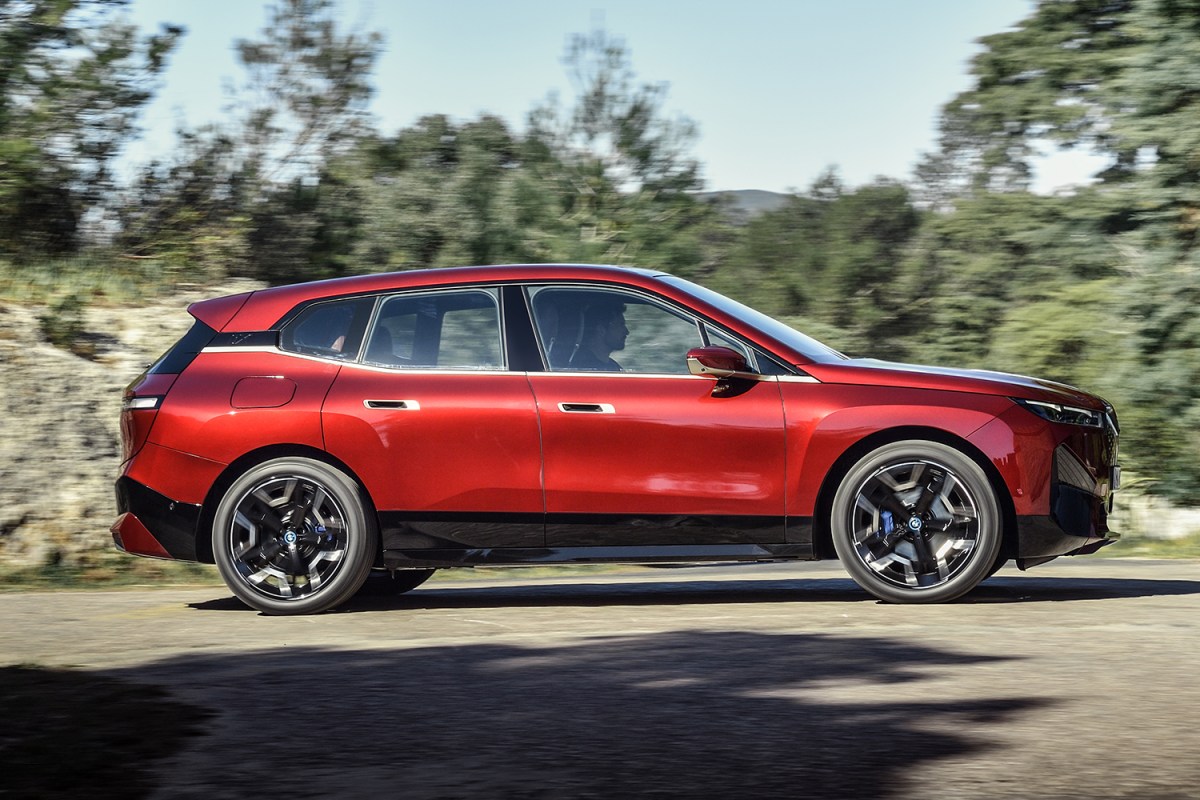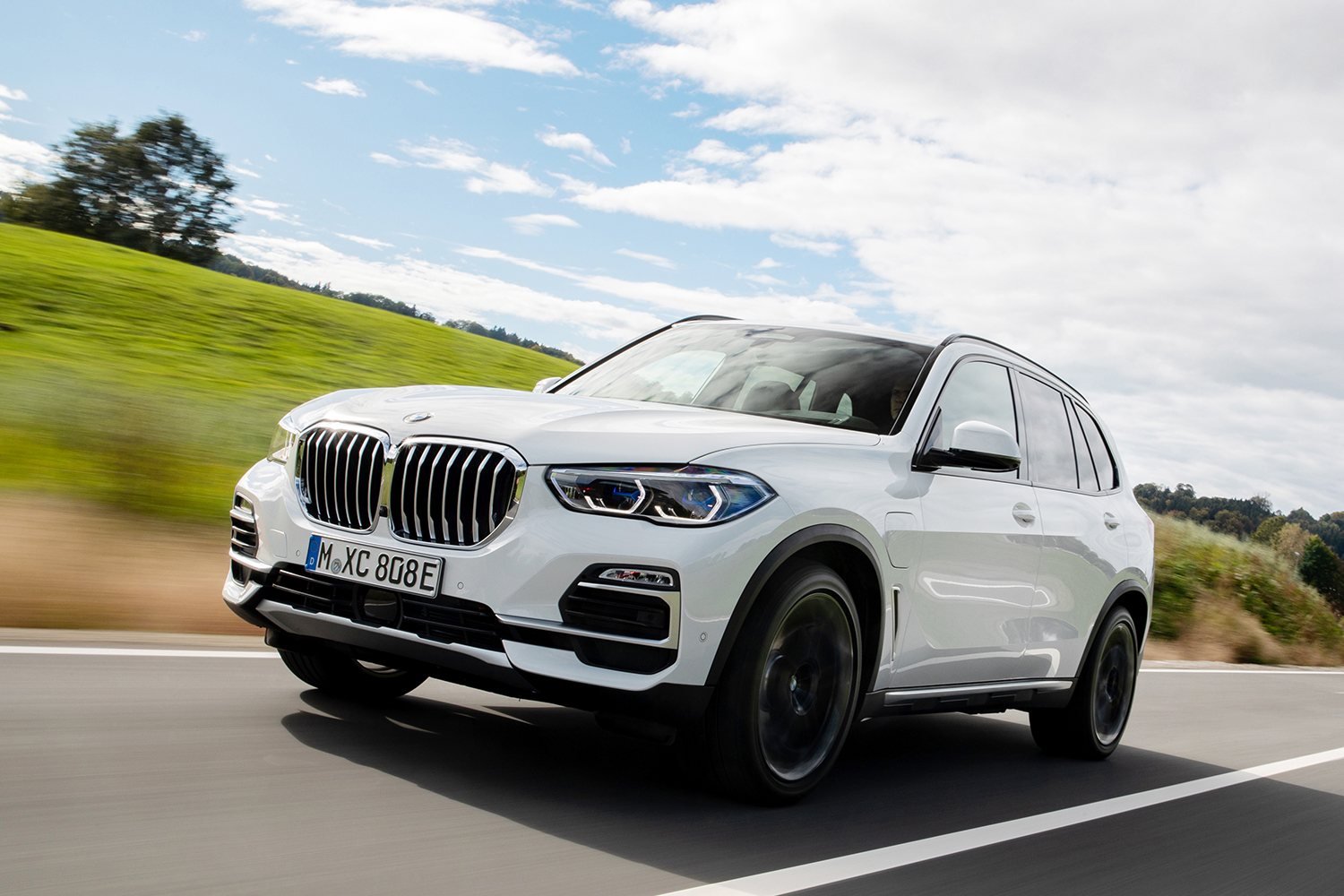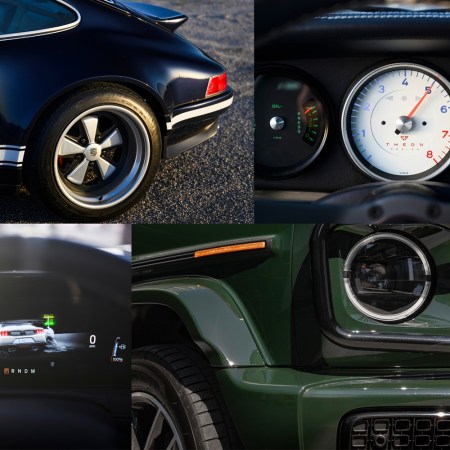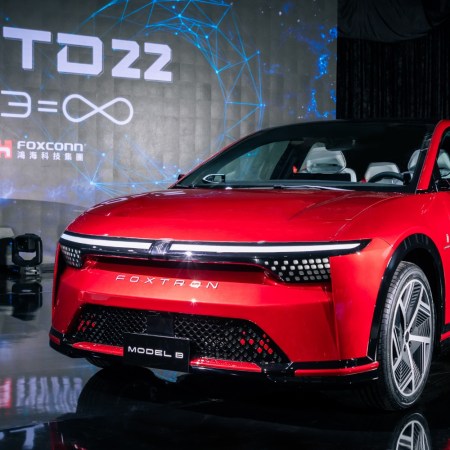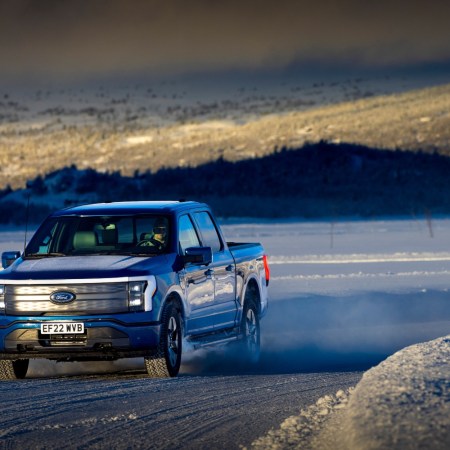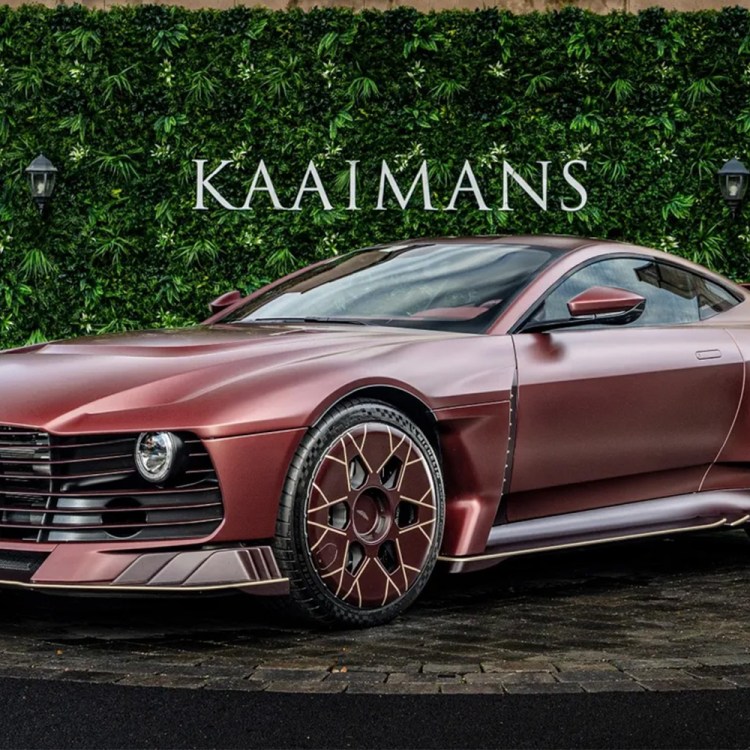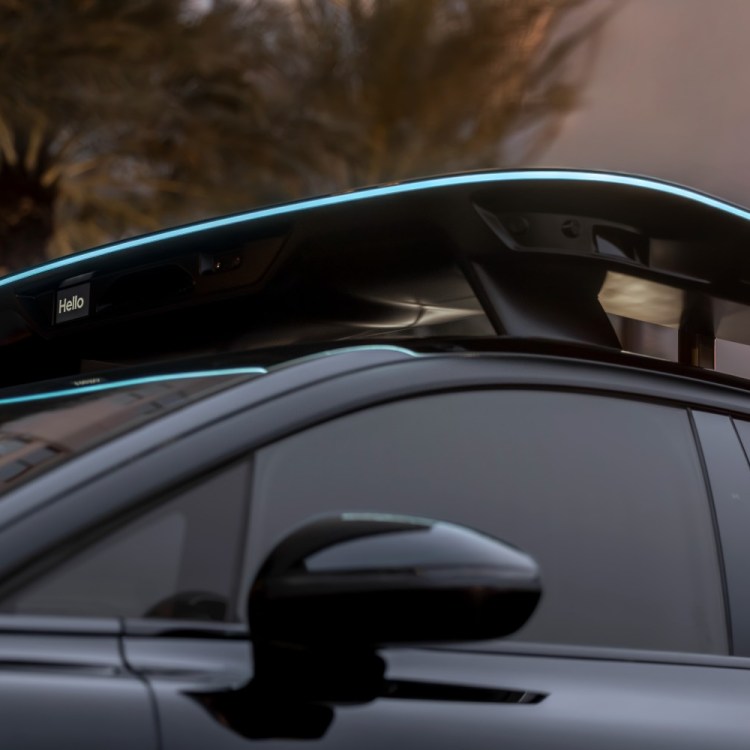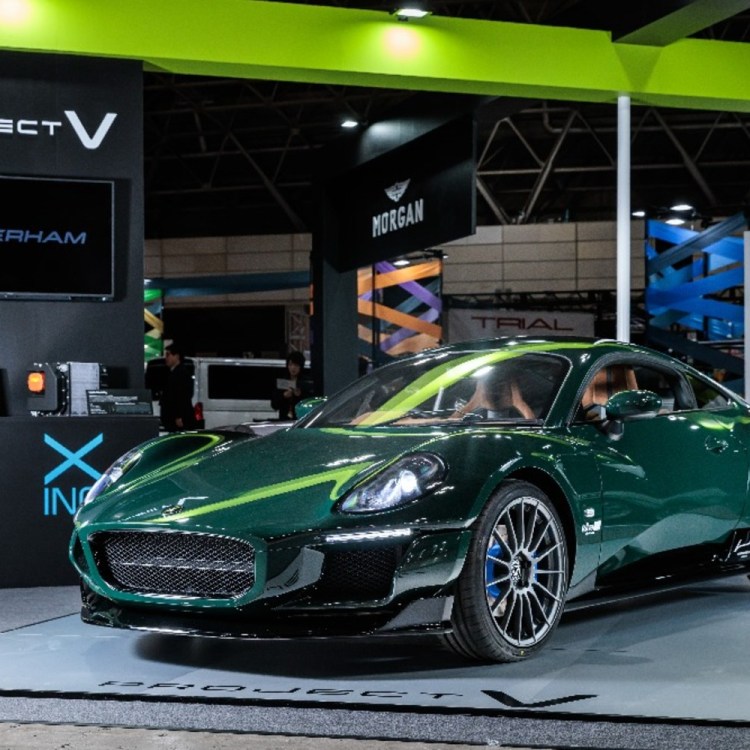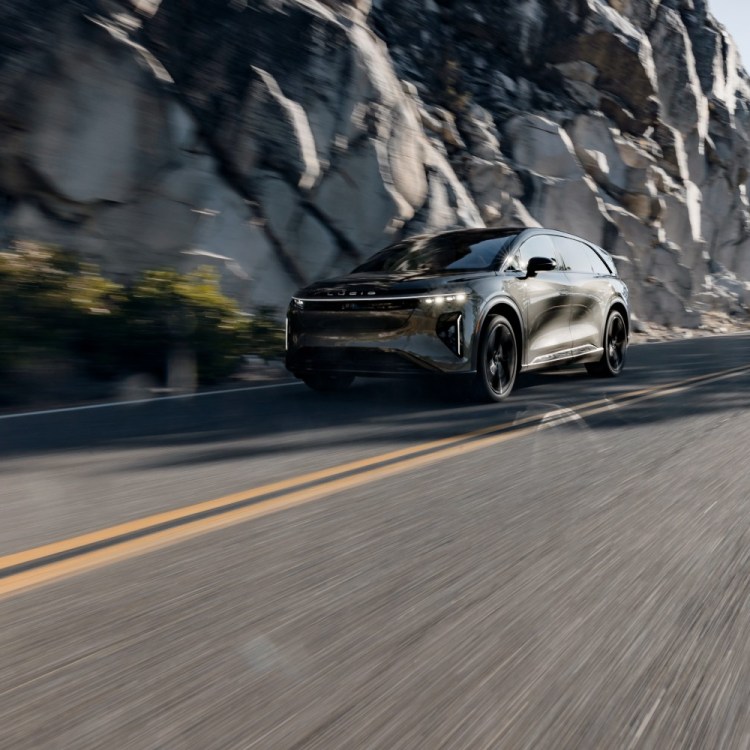BMW’s journey towards its first dedicated all-electric SUV — the 2022 iX xDrive50 — has been steadfast and meticulously planned. It all stems back to Project i, which kicked off the brand’s pursuit of an electrified future just over a decade ago and poured forth proof-of-concept machines like the Mini E, the BMW ActiveE series of hybrids, and eventually the purpose-built i3 electric and the i8 plug-in hybrid.
Each of those vehicles felt like one more rung on a ladder leading towards a vehicle that could step away from the futuristic, “shadow of tomorrow” designs that identified the i3 and i8 in particular. Even as the technologies explored by each of these autos trickled into excellent production models like the X5 plug-in hybrid SUV, Project i had yet to coalesce around an offering that bridged the theoretical and the practical in a package that had mass appeal.
The iX xDrive50 serves as that missing link between BMW’s projected future and its very real present. Based on the Vision iNext concept from four years ago (albeit toned down to reflect the limits of both consumer tastes and assembly line production), it puts a distinctive stamp on the automaker’s electrification strategy and sends a startling message to the boutique brand that has thus far dominated the high-end EV space.
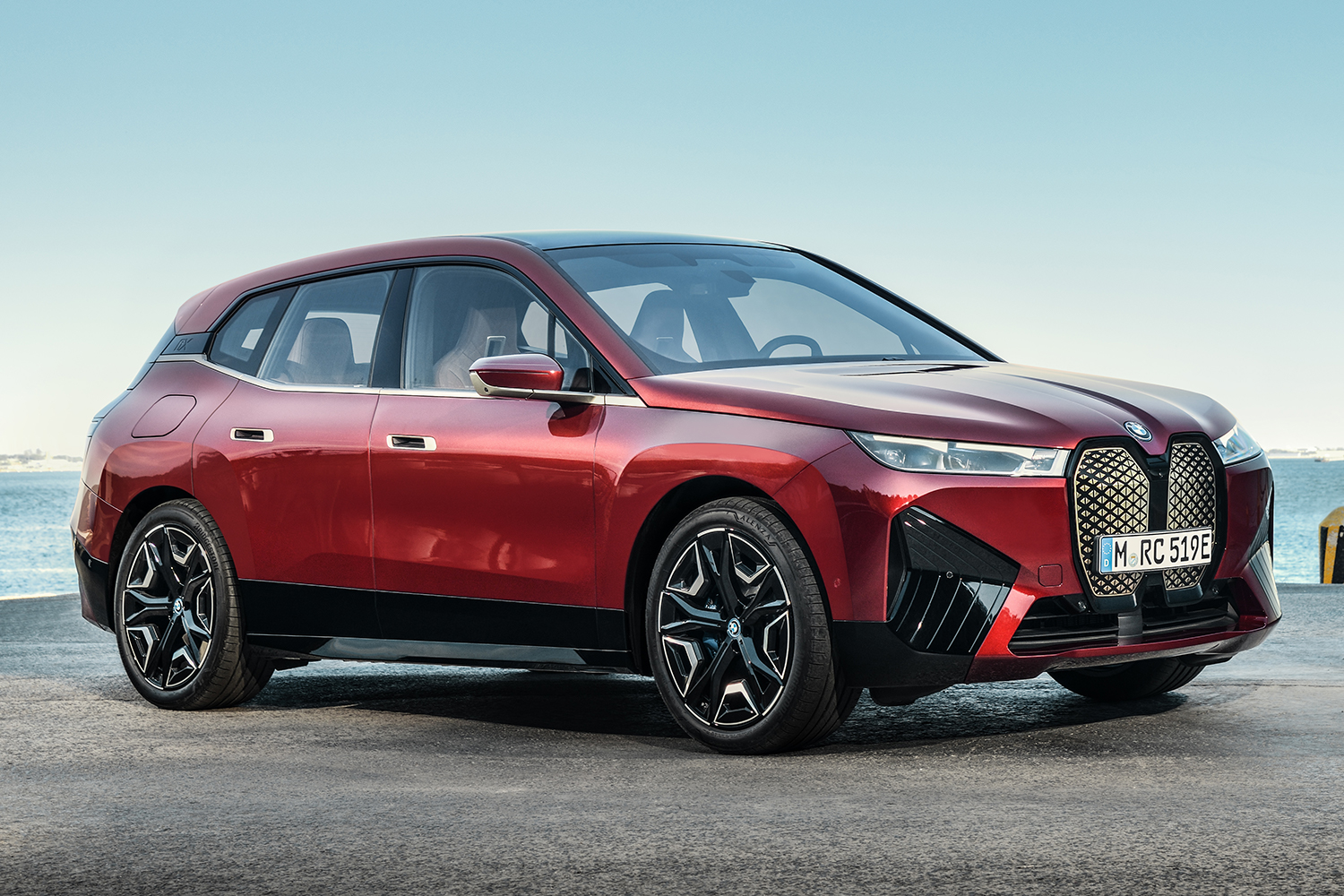
The Futuristic Balancing Act
More than a little digital ink has been spilled about the BMW iX’s prominent proboscis, a flared kidney-shaped nose that dominates both its design and the nightmares of brand purists unable to stomach the German concern’s most recent visual marker. To my eyes, however, the iX comes across as a cohesive whole, featuring a shape that taps into the established silhouette of other BMW SUVs while reducing some of their muscular bulk to a more contained (and in some spots, angular) personality.
It also helped that the vehicle I drove featured a fantastic deep burgundy hue matched with gold accents along the window trim, door handles and side mirrors. In a world where traffic increasingly paints highways with an unflattering grey hue, it’s heartening to see a brand embrace an actual color palette on one of its most important introductions in recent years.
The iX xDrive50’s cabin splits the difference between what is and what’s to come fairly effectively. Kudos to BMW for ignoring the enormous center stack screen trend and instead presenting a display panel of modest height that spans two-thirds of the dash, split between the gauge cluster and infotainment functions. It’s less imposing than it sounds, and cantilevered off its curved leather perch in a manner that feels deliberate rather than tacked on.
Of course, the SUV’s designers were unable to resist a few kitschy nods to the iX’s future-forward status, including push-button actuated door openers as well as a faux-wood touch panel on the console that was considerably more difficult to interact with than a simple set of buttons. Also, a word of advice to those of shorter stature: Don’t bother ordering the optional “multi-functional” seats unless you enjoy the concussive experience of the back of your head contacting the hard plastic cutout mounted near the top during full acceleration.
Overall it’s a well-executed interior with ample space for riders front and rear, and there’s just under 80 cubic feet of total cargo space available with the back bench folded flat. Even with the seats in place there’s plenty of storage (I was able to stuff several boxes filled with packaged comic books from my most recent Kickstarter campaign mail out with no issues).
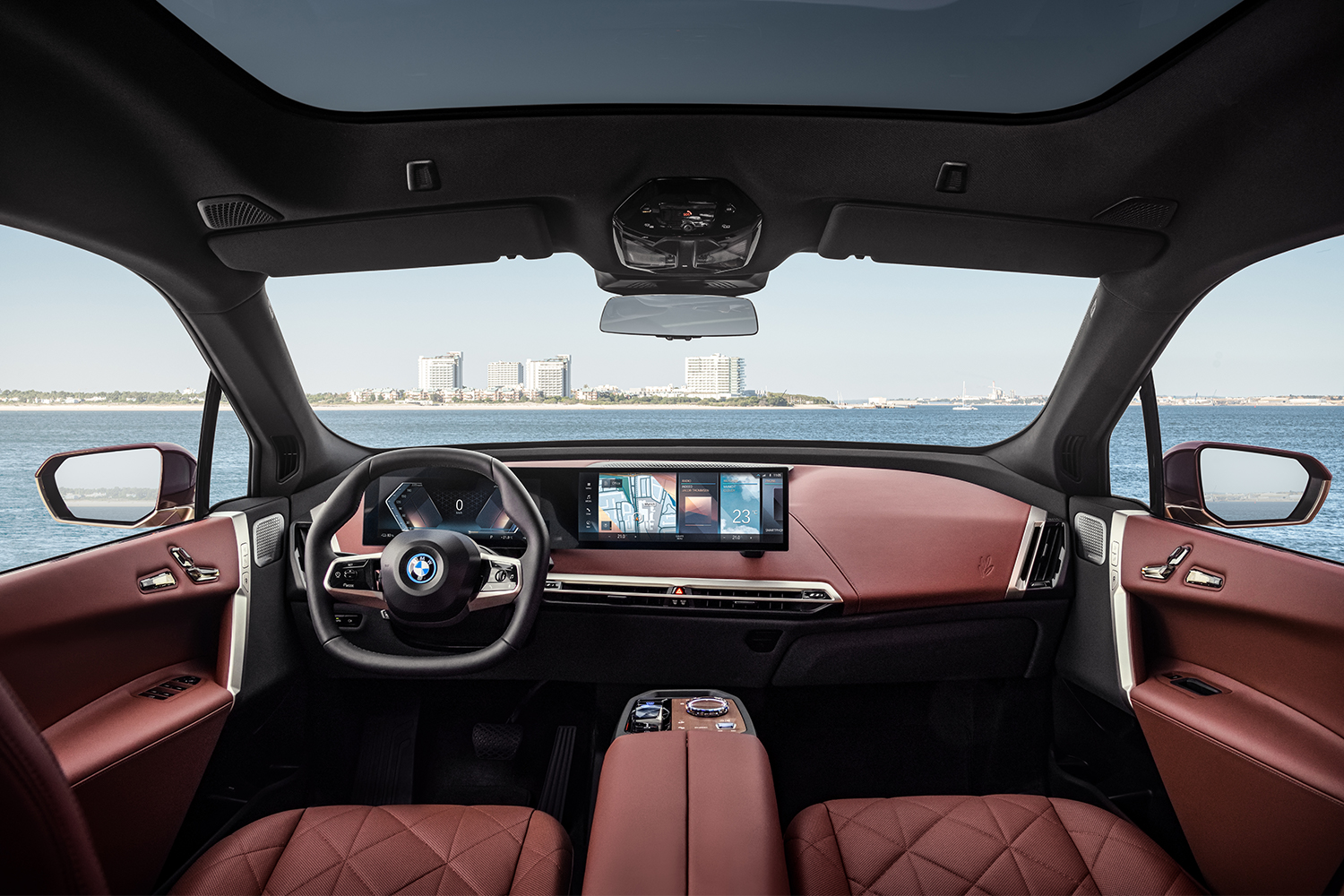
Braking, Charging and Otherworldly Acceleration
On the road, the BMW iX xDrive50 boasts that pleasing combination of ultra-smooth commuting capability and terrifyingly quick, catapult-style acceleration that is soon to become standard among premium electric vehicles. With a pair of motors sending 516 horsepower and 564 lb-ft of torque to all four wheels, the iX lacks neither grip nor thrust, threatening to silently churn huge chunks of asphalt from the road surface at full gallop (regardless of whether Sport or Balanced driving modes are selected). If you prefer more of a soundtrack to your right-foot assaults, the sport-utility provides an option called Iconic Sounds that adds a sci-fi speaker swell to displays of forward momentum.
For a vehicle that weighs in at roughly the same poundage as a full-size pickup (5,700 pounds, to be precise), its ability to project force towards the nearest point on the horizon is profoundly disturbing when compared to a similarly mighty gas-powered SUV. Then again, although that weight might be easily shrugged off by the BMW’s electric drivetrain, it makes itself known should you delay braking a second or two past the most optimal moment. Cornering remains calm and composed, but it’s also informed by the iX’s heft, while street parking chores are readily assisted by an available rear-wheel steering feature.
Feeding both bursts of speed and docile urban rambles is a 105.2 kWh battery, which BMW claims is good for up to 315 miles of driving on the 22-inch rims my tester was riding on (with a bit of an extension offered from the smaller 20-inchers that come standard). Charging times are quick, although not class-leading: expect to climb to 80% in 30 minutes from a floor of 10% when connected to a 150 kW DC fast charger.
The vehicle offers several levels of regenerative braking (plus a near one-pedal driving mode called “B”), but I kept it in what BMW calls “adaptive” regen, which used sensor data about traffic around me, as well as my GPS location, to manipulate the iX’s level of self-braking and energy recapture. Occasionally, this made it harder to predict how the vehicle was going to react once I lifted off the accelerator, but with time I became a little more practiced at smoothing out the adaptive system’s approach. It’s a feature that, while welcome, is perhaps deserving of a little more development.
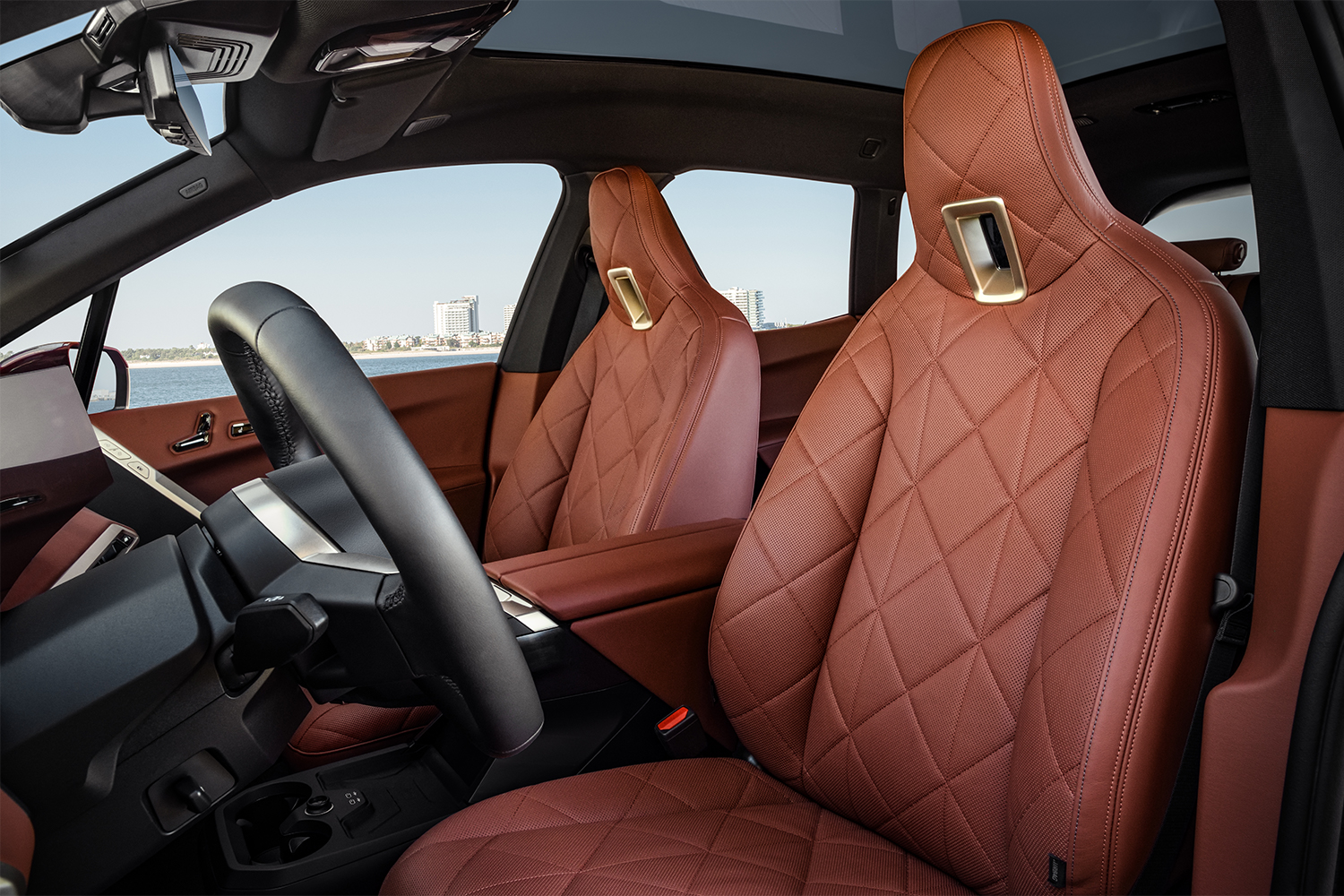
The End of the Beginning
In a deepening field, the culmination of BMW’s Project i has much to be proud of. There’s nothing here to turn off ICE owners looking to make the switch to electric, and just enough innovation on hand to entice early EV adopters to take a look at something new.
It’s an exciting time to be in the market for a battery-powered SUV, particularly if you’re digging deep into your pockets for a luxury model. Specifically, the emergence of options like the BMW iX xDrive50 (which also comes in an M60 model that features more torque but less range) means that the Tesla Model X is no longer the only choice for a high-end electron sipper. The BMW’s existence also removes the need to accept build quality issues and a customer experience that occasionally falls short of Tesla’s price tag.
The iX (which starts at $84,100, with my Ultimate package-equipped tester stickering at just over $100K) joins the Cadillac Lyriq and Mercedes-Benz EQS as battery-powered, midsize and prestige-oriented sport-utility vehicles. Together, these rides seem likely to force market leader Tesla to make deep investments in upgrading its manufacturing and sales process, or risk being relegated to the role of pioneer.
This article appeared in an InsideHook newsletter. Sign up for free to get more on travel, wellness, style, drinking, and culture.
